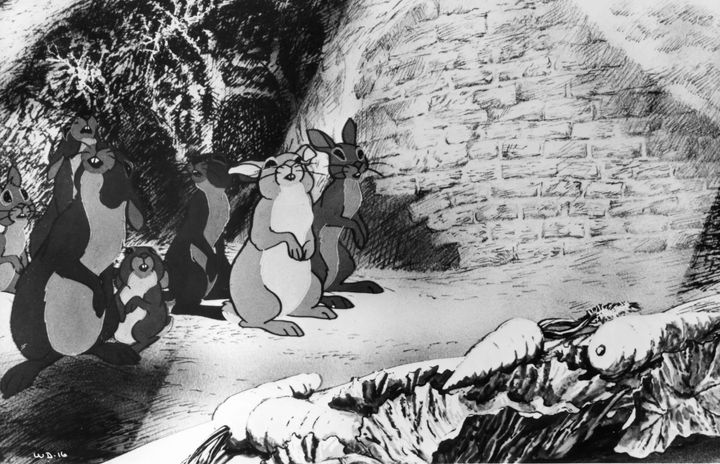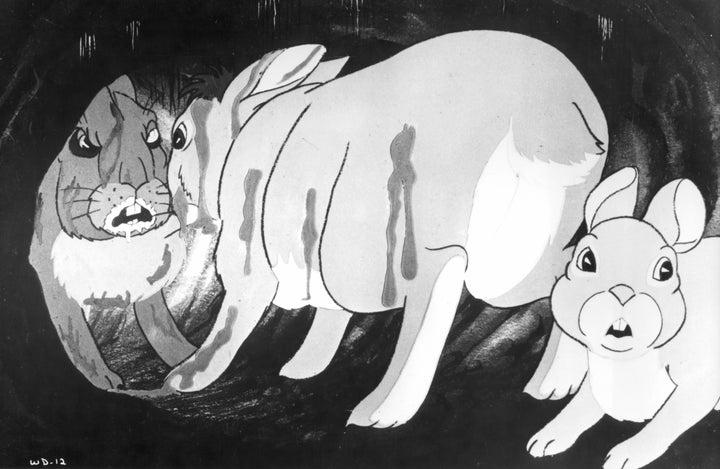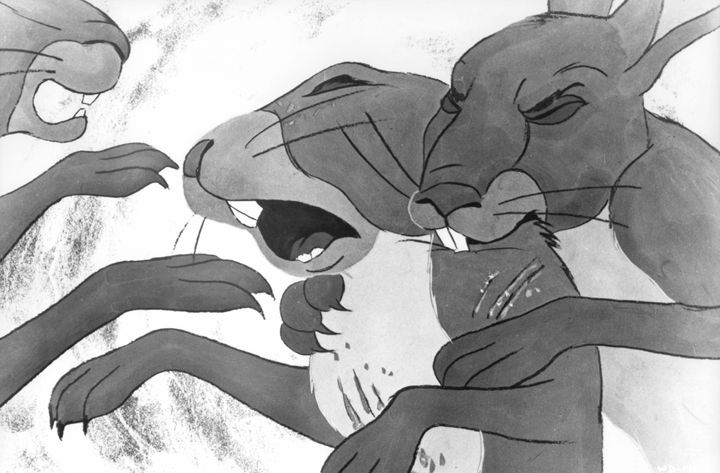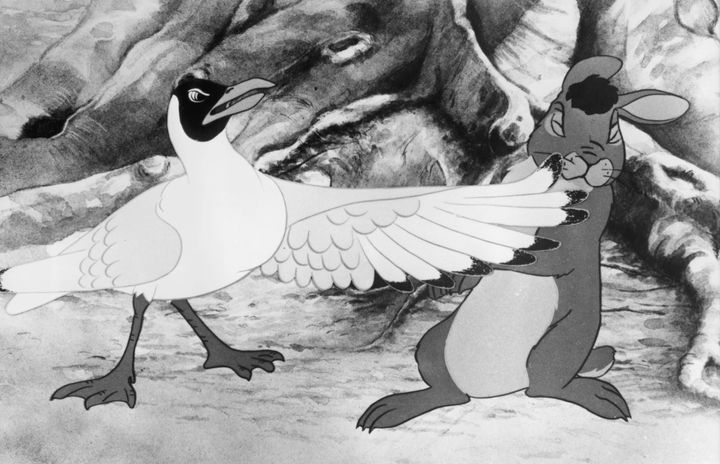
“I do not believe in talking down to children,” Richard Adams explained in an interview with The Guardian last year.
This, coming from an author widely known for writing the most violent “talking rabbit book” in history, is an understatement. Watership Down, his 1972 adventure novel, is not only what happens when a writer refuses to talk down to children. It’s what happens when a writer refuses on all counts to shelter kids from the brutal, melancholy realities of our nonfictional world. It’s what happens when a writer decides to give his young readers an obvious, but invaluable lesson: loss, obstacles and chaos, whether we choose them or not, are part of life.
Adams, who died on Tuesday at the age of 96, has recounted the birth of Watership Down many times. In the late 1960s, he ― then a civil servant in the U.K. who’d never written fiction in his life ― would entertain his two daughters on the way to school by telling them stories that revolved around a particularly troubled warren of rabbits. “Once there were two rabbits called Hazel and Fiver,” he’d begin, telling tales captivating in their darkness, involving poison, snares and attack dogs.
Eventually, encouraged by his daughters, Adams put pen to paper and submitted a surprisingly vicious and rabbit-filled manuscript to publishers. Rejected seven times (”They felt the language was too grown up,” Adams explained in a Reddit AMA, “yet the older children wouldn’t like it because it was about rabbits!”), it was finally accepted by Rex Collings, the tiny and summarily lucky publishing house that would go on to see the book sell in the millions.

Hazel and Fiver are names that pique the ears of those who’ve navigated through Adams’ award-winning, 400-plus-page book. Brothers, they lived in a bucolic landscape meant to mimic the Berkshire Downs of Adams’ childhood. Spurred on by an apocalyptic vision Fiver has, they, along with a small group of other rabbits, decide to leave their vulnerable home in search of a new one. The Odyssean journey is neither smooth nor assuring. The distinct characters, so carefully anthropomorphized, are never blindly valiant as a result.
A particularly jarring passage of Watership Down describes the pure fear and anxiety Fiver experiences after involuntarily parting ways with his brother Hazel halfway through the book.
In the burrow, Fiver slept and woke uneasily through the heat of the day, fidgeting and scratching as the last traces of moisture dried out of the earth above him. Once, when a trickle of powdery soil fell from the roof, he leaped out of sleep and was in the mouth of the run before he came to himself and returned to where he had been lying. Each time he woke, he remembered the loss of Hazel and suffered once more the knowledge that had pierced him as the shadowy, limping rabbit disappeared in the first light of morning on the down.

Because of its subject matter (talking rabbits), and perhaps the fact that many first encounter Adams on a high school reading list, some fans might classify Watership Down as a children’s book. Adams shrugs off the label entirely. “I don’t believe there should be such a thing as a children’s book,” he explained during a Reddit AMA. “A book is a book is a book,” he supposes in other interviews.
In 1974, New York Times critic Richard Gilman directly questioned the intended audience of Adams’ book, claiming, “I can’t imagine many readers under 13 or 14, an age when the lines between juvenile and adult fiction begin to blur, having the patience and grasp of extended allegorical strategies to persevere to the end of a 426‐page epic about a community of rabbits.”
Gilman’s lack of faith in the reading comprehension of teenagers aside, his criticism missed the point. Kids on the precipice of adulthood should be encouraged to read books like Watership Down whether they have the patience for it or not. Humanity wrought through the eyes of bunnies is exactly the kind of fantasy readers under 13 or 14 should be exposed to. The kind of twisted, alien plot that sits in our heads for decades, becoming brighter and more poignant as you age and better empathize with moments like Fiver’s. The kind of book that unravels slowly, painfully, to reveal a story so realistic it’s easy to forget you’re dealing with talking rabbits and make-believe.

“Readers like to be upset, excited and bowled over,” Adams continued in his 2015 interview with The Guardian, remembering his early literary preferences. “I can remember weeping when I was little at upsetting things that were read to me, but fortunately my mother and father were wise enough to keep going.”
Of course, not all mothers and fathers are. Many want to shade their kids from the harsh realities of life, a natural instinct hardly worth criticizing here. Some children come face to face with loss regardless ― be it physical, financial, psychological. They are forced to understand grief and resentment firsthand. They are forced to understand that hard work and persistence and focused belief don’t always yield epic outcomes. But others, nestled safely, are not.
Fiction, thankfully, can give us the gift of empathy. The kind of empathy your protective parents might not be able to impart. Adams, though a parent himself, aware of the fear his stories instilled in his own daughters, remains cooly detached from Watership Down readers. Through his writing, he’s not attempting to provide solace or security. He’s attempting to forge stories that, like the kind he read in his youth (by Edgar Allan Poe, Sir Arthur Conan Doyle, Algernon Blackwood), made him feel sad and frightened. That familiarized him with the cold, cloying feeling of worry.
Why? Well, Adams, so unaware that he was crafting a classic when he first started sharing stories of Hazel and Fiver, answers the question early on in his book.
To come to the end of a time of anxiety and fear! To feel the cloud that hung over us lift and disperse ― that cloud that dulled the heart and made happiness no more than a memory! This at least is one joy that must have been known by almost every living creature.

